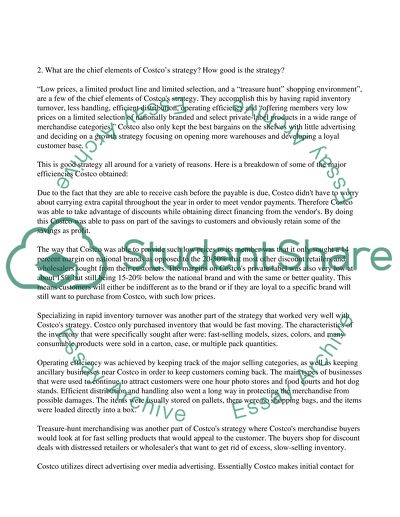Cite this document
(“Costcos Business Model Research Paper Example | Topics and Well Written Essays - 1000 words”, n.d.)
Retrieved from https://studentshare.org/family-consumer-science/1418199-costcos-business-model
Retrieved from https://studentshare.org/family-consumer-science/1418199-costcos-business-model
(Costcos Business Model Research Paper Example | Topics and Well Written Essays - 1000 Words)
https://studentshare.org/family-consumer-science/1418199-costcos-business-model.
https://studentshare.org/family-consumer-science/1418199-costcos-business-model.
“Costcos Business Model Research Paper Example | Topics and Well Written Essays - 1000 Words”, n.d. https://studentshare.org/family-consumer-science/1418199-costcos-business-model.


